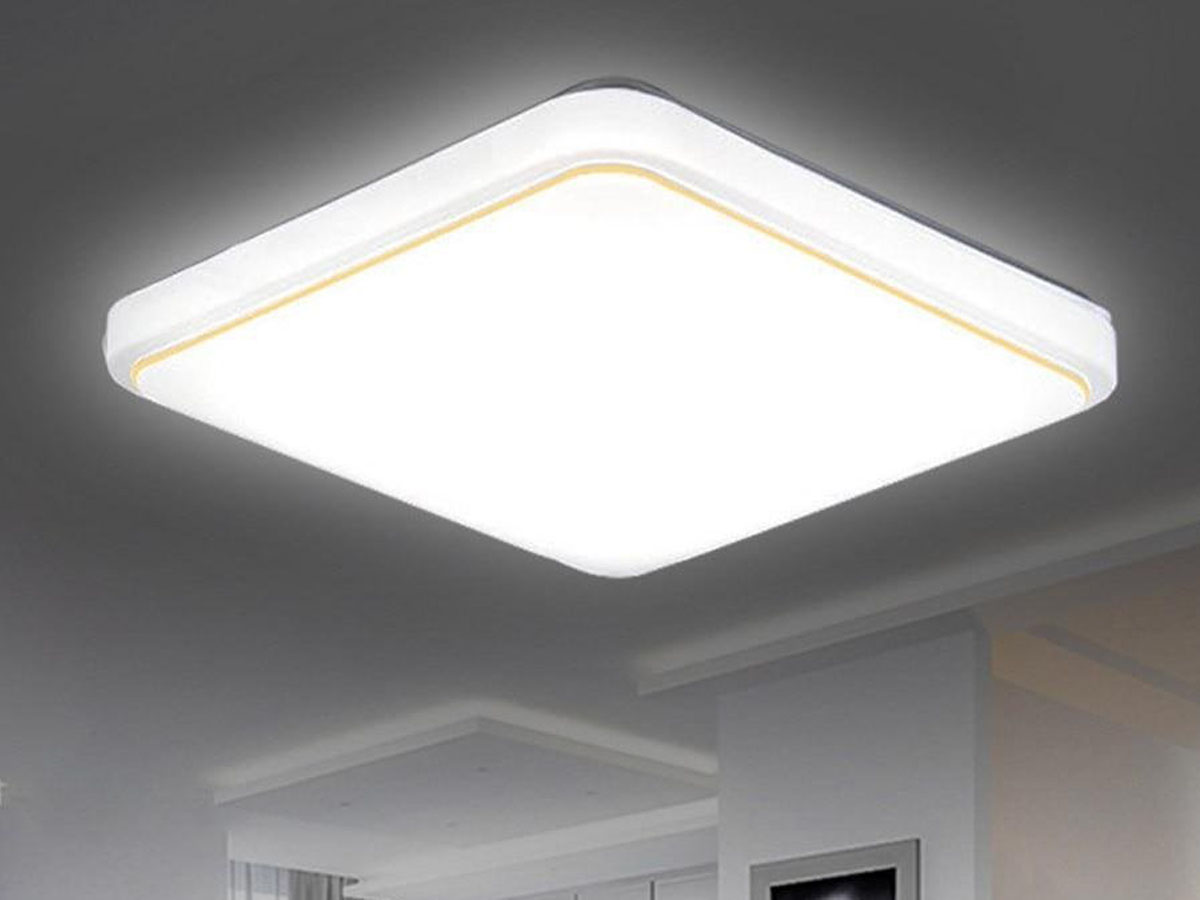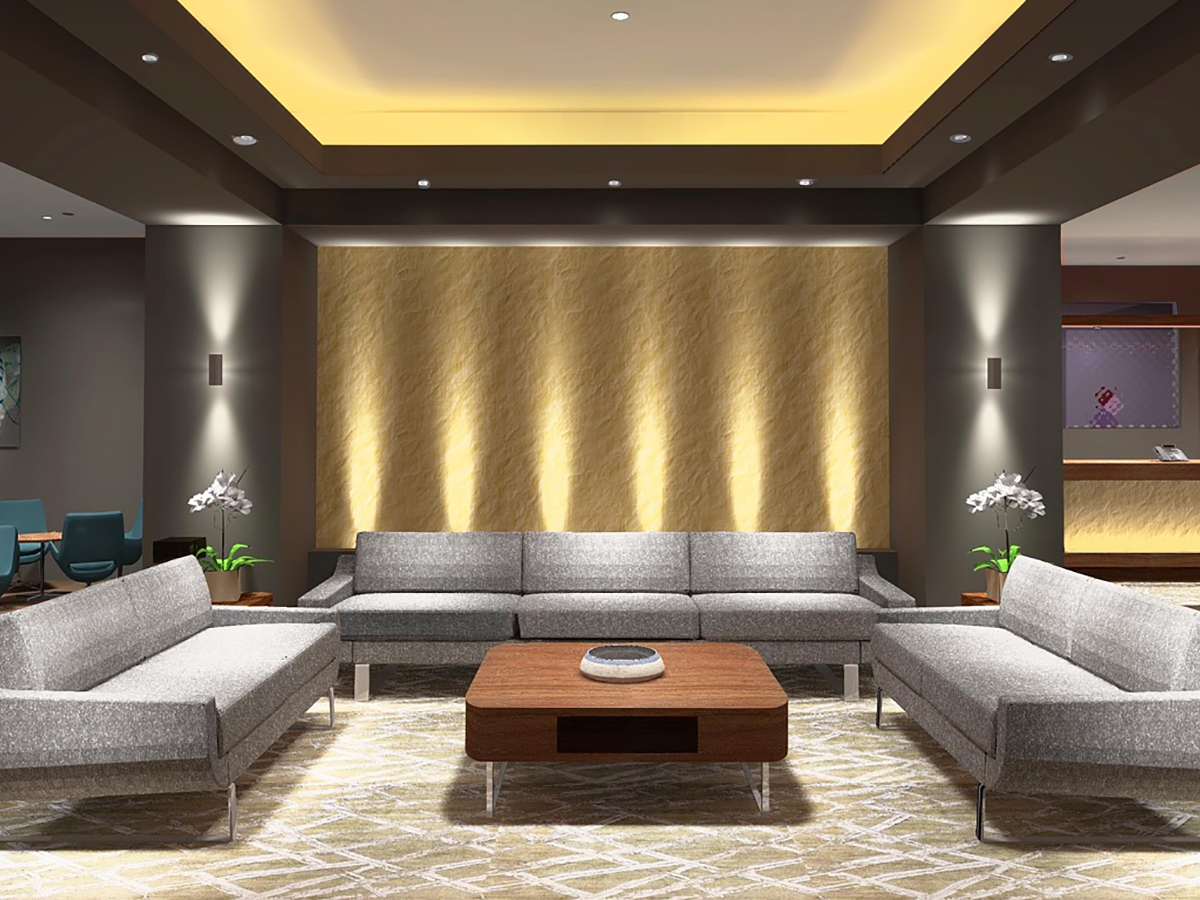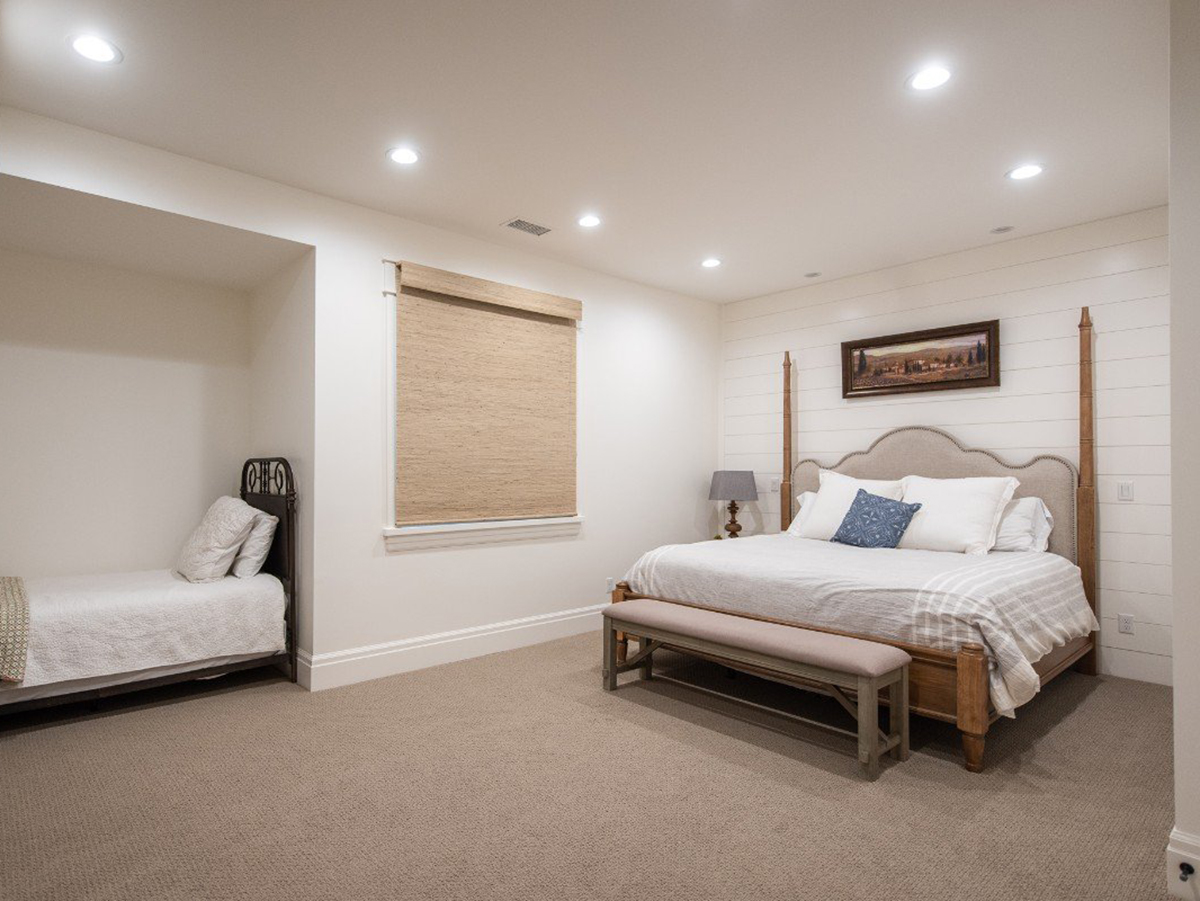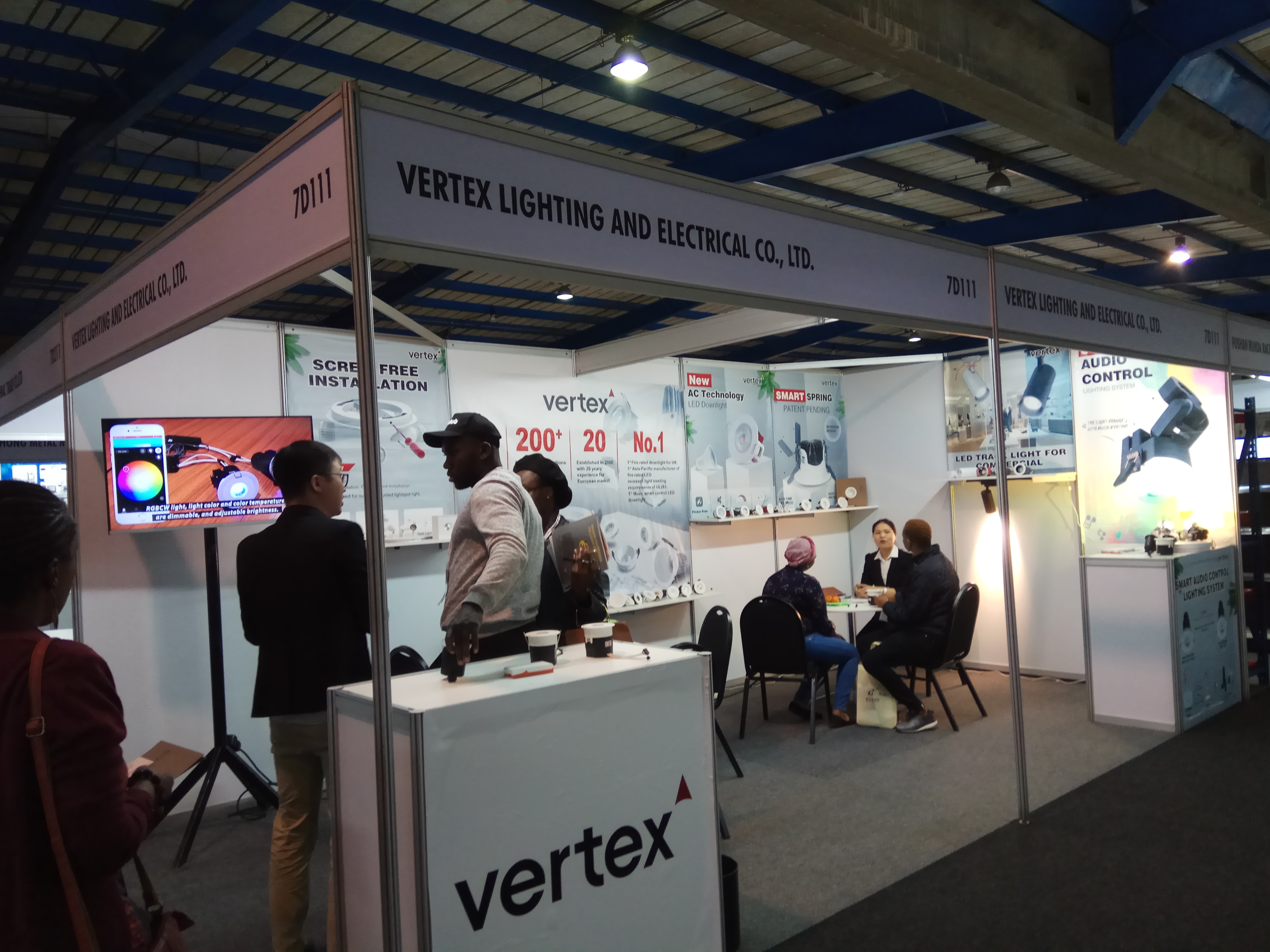If you’re changing or updating the lighting in your home, chances are you have discussed what you would like to use. Downlighters are arguably one of the most popular lighting options, however there are a few questions you need to ask yourself first.
One being, are your downlights going to be fire rated or non-fire rated? If you’re not quite sure what this means, read on as we run down the common questions homeowners and electricians have.
What is a fire rated downlight?
Fire rated downlights, also known as fire rated recessed lights or fire rated pot lights, help slow the spread of fire, compared to traditional or non-fire rated downlights.
When you cut a hole into a ceiling and install recessed lights, you are reducing the existing fire rating of the ceiling. This hole then allows for fire to escape and spread more easily between floors.
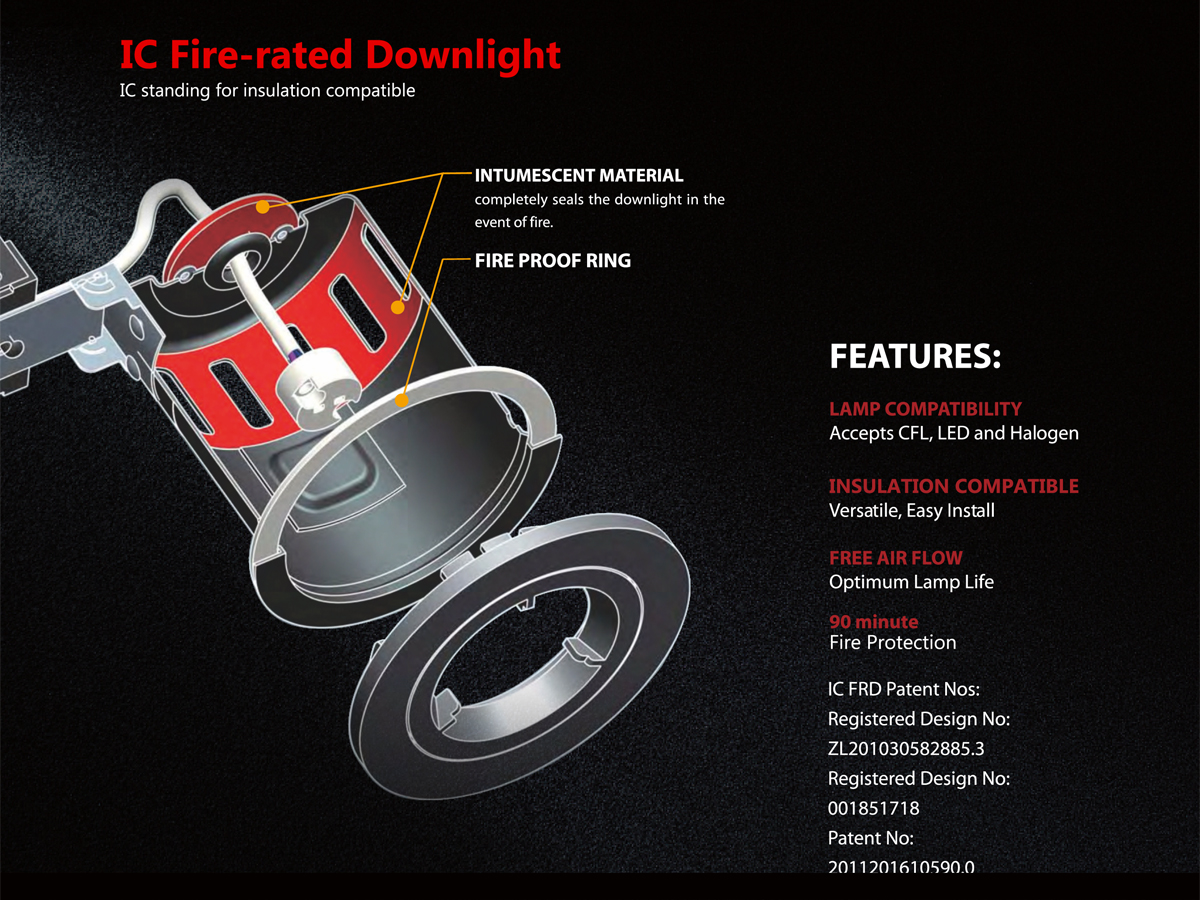
Fire rated downlights, including the popular LED fire rated downlights, have an important role in fire safety, as they effectively block the hole cut into the ceiling. On each downlighter they have an intumescent pad, which will expand when it reaches a certain temperature, and ultimately slow the spread of fire. Different fire rated downlights have different fire rated times, varying from 30 to 90 minutes.
Without fire rated downlights, it can mean that your ceiling collapses within just a few minutes compared to giving you extra time to get out to safety.
Do downlights have to be fire rated?
It is highly recommended that all downlights, whether they are standard or LED fire rated downlights, installed are fire rated. This is purely for your protection in your home, as they give you more time to escape a fire and help slow the fire spreading through floors.
When Do You Need Fire Rated Downlights?
Fire rated downlights are especially necessary in multi-storey buildings where the potential for fire to spread between floors is higher. However, even in a single-storey home or in specific rooms like the kitchen, fire rated downlights can provide an added layer of safety. The regulations may vary based on your location, so it's best to consult with a professional electrician or your local building authority. Remember, safety should always be your first priority.
What are the fire ratings for downlights?
Part B of the Building Regulations includes fire protection testing of recessed ceiling lights. Fire rated downlights, including fire rated LED downlights and fire rated recessed downlights, are then given a rating of 30, 60, 90 and sometimes 120 minutes. This is the amount of time the light fitting will block the fire for.
